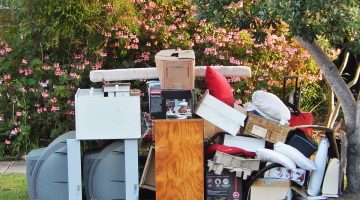Depending on wind velocities, even tiny hail (34 inches) can cause harm to a roof, though it is not always visible to the untrained eye. When hail is 1 inch or larger, it causes more severe shingle bruising and damage. Hail than 2 inches, especially when paired with high wind speeds, often causes severe damage.
While a few loose granules on a shingle may not seem like a dominant issue, this suggests that the integrity of the shingle gets weakened. A water leak can evolve, leading to more problems, such as mould growth or structural harm. Visit the san antonio hail damage repair, if you need more details about how the hail gets damaged.
Considerations for Safety
When working on a roof, use scaffolding or a platform, and can safely walk across uneven surfaces. Wear durable, soft-soled sneakers or rooftop boots.
If you have no experience fixing roofs, hire a professional to examine and finish the repairs.
Imitation Hail Damage
It is critical to identify the source of the damage to determine the best course of action for roof repairs. Blistering and cracking from UV degradation or inclement weather, scuffing damage from shingle installation, wind and debris defacement, and worn-out shingles are examples of roof damage that may resemble hail damage.

Inspect gutters and downspouts for hail damage.
Siding and window frames may also show signs of harm.The signs of hail damage are not limited to the roof; the surrounding areas may also get damaged. If a roof has experienced a significant hail storm, drains will have dents from collision. The san antonio hail damage repair are the experienced ones to identify and repair the hail damage. Siding, window frames, and other exposed metal surfaces (including outdoor air conditioner units) should also get inspected for tiny holes.
Look for indications of harm, such as loose granules or cracks, if your roof is readily available.
Loose granules that may reveal the roof felt, fissures in the tent, and damage with no discernible colour are typical indications of hail damage to roofs. Using light-coloured chalk on dark or difficult-to-see surfaces can help reveal damage that would otherwise go undetected.
Hire a professional roofer to assess the extent of the damage.
After conducting an initial examination of your roof, the next step is to hire an expert roof inspector to determine the extent of the damage. Most expert evaluations are free, and a roofer or general builder should be able to rapidly determine the severity of the harm and what repairs are required.











